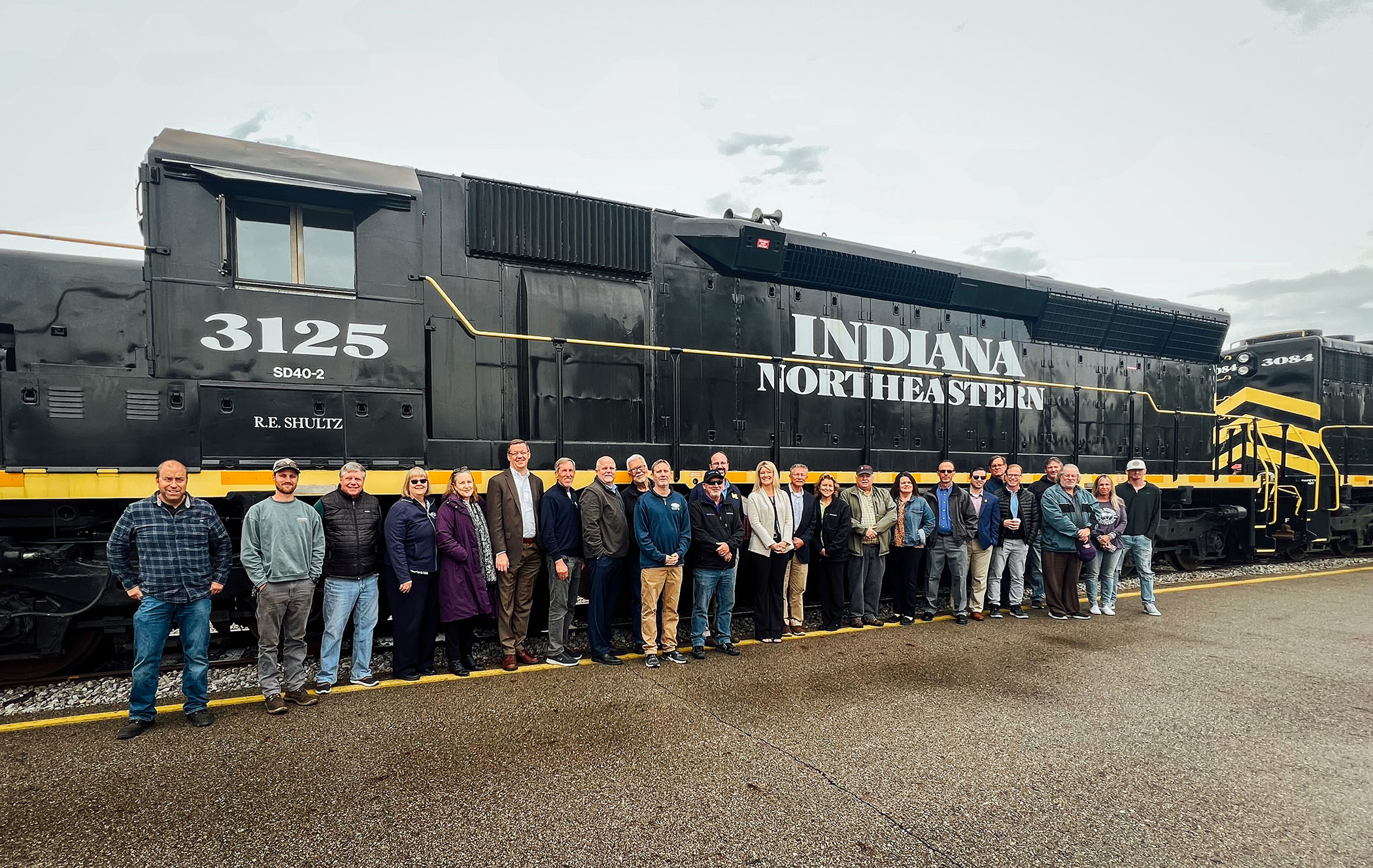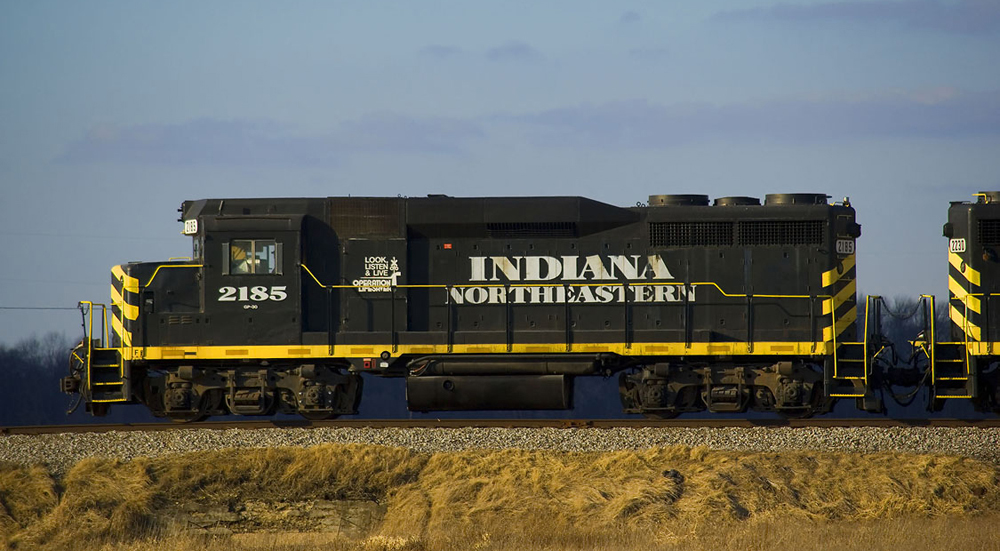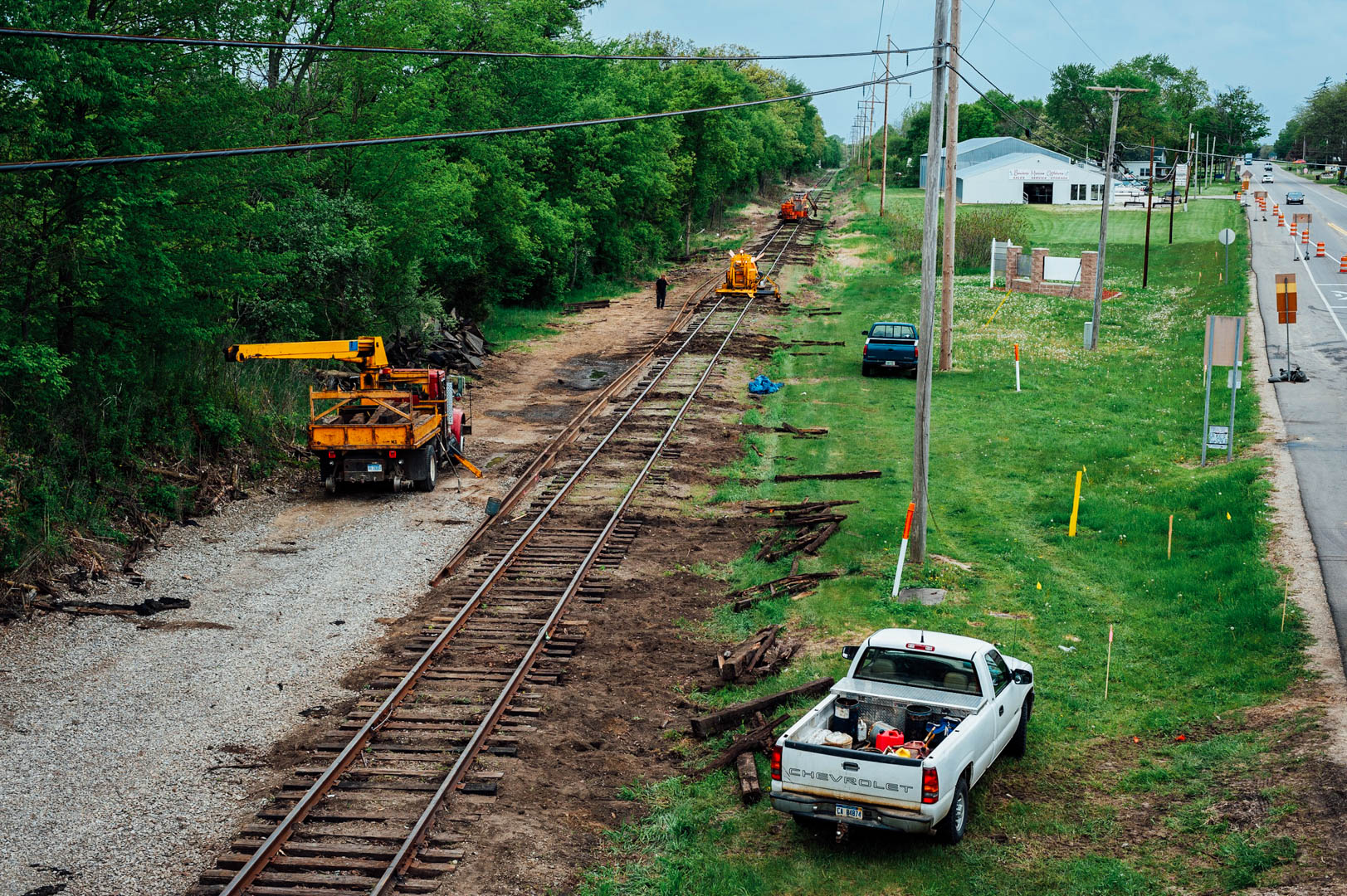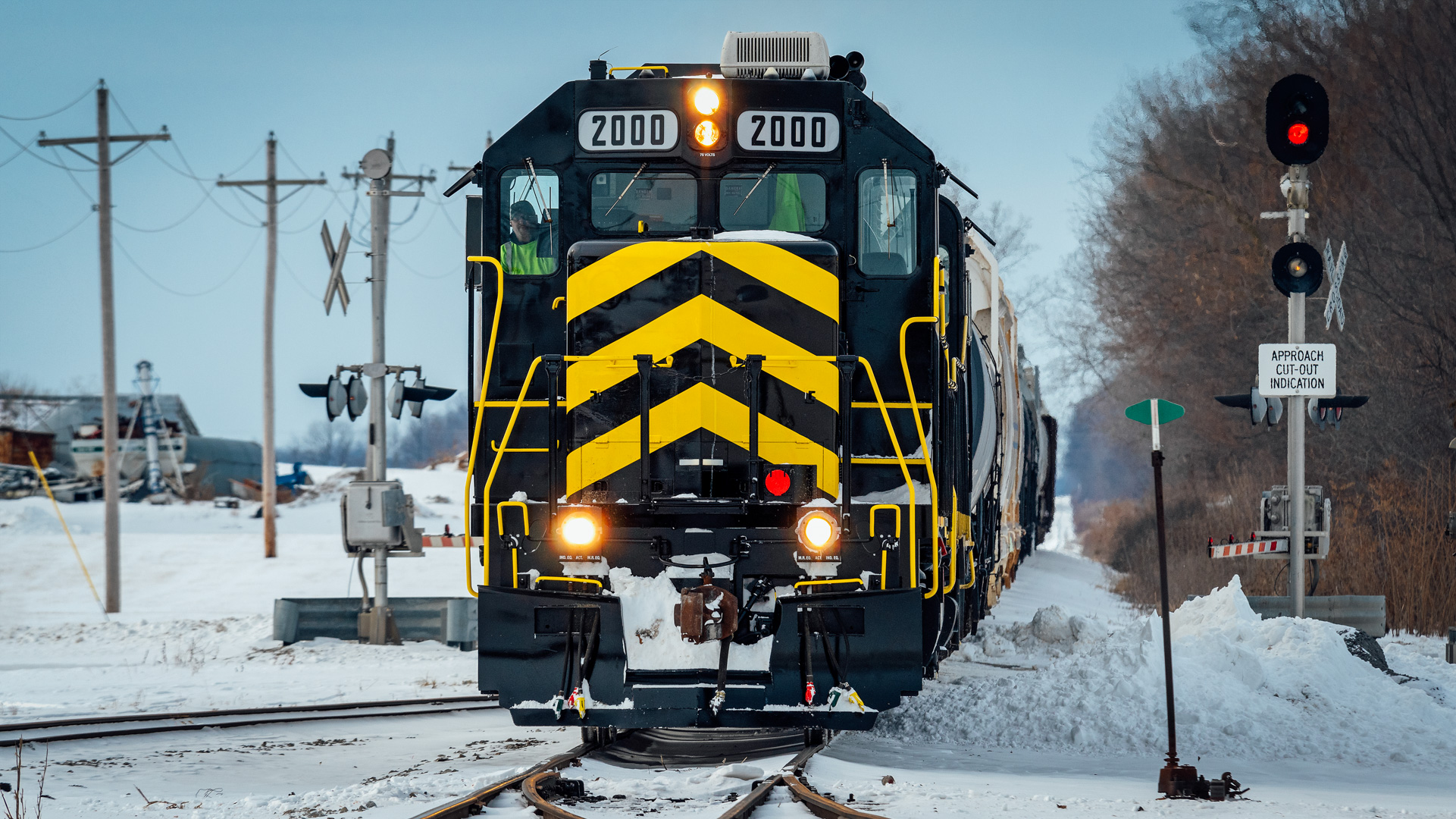Do you drive over a section of railroad track and wonder when the last time it was used?
While some of tracks in northeast Indiana no longer have the connections they once did, the shortline railroads that use them provide important links in a larger chain.
The longest, the Indiana Northeastern Railroad, measures nearly 105 miles in total length, across northeast Indiana, northwest Ohio and southern lower Michigan. Forty-five miles are in LaGrange and Steuben counties.
It operates with 13 employees and serves 22 customers, including 12 in Indiana, according to Andrew Hershman, director of marketing and sales for the railroad.
In LaGrange County, the railroad serves the South Milford Grain Co. and Edd’s Supplies, a fertilizer location. The railroad also maintains administration and offices in South Milford.
The railroad serves several companies in Ashley: Carper Farm Supply, Klink Trucking, K-Tech Specialty Coatings and Stoy Farms. In addition, there are two locations where transload customers — who do not have access to a rail spur — can drive trucks to ship products.
In Fremont, the railroad serves New Horizons Bakery, Padnos and Berry Global. Two more Steuben County customers could be added soon.
“The Indiana Northeastern is very eager to handle the traffic needs of industry in northeast Indiana,” Hershman said. “We are always looking to work with our local business to see how rail can benefit their operations.”
The railroad handles between 5,000-6,500 carloads a year, he added. A carload reflects one loaded trip, but not the return trip back to the origin or destination.
“A week could see anywhere between 50 to 300 cars depending on traffic ebbs and flows,” Hershman said. The railroad handles a variety of commodities, including flour, plastic resins, liquid and dry fertilizers, steel, lumber, scrap, limestone, asphalt, rendering by-products, coal, coke, salt, corn, soybeans, wheat, corn oil, and large equipment such as overweight and oversize transformers.
As a handling line for Norfolk Southern, Indiana Northeastern’s share is combined with that railroad so a customer pays only one freight invoice, Hershman explained. Indiana Northeastern is paid for the traffic it handles directly from Norfolk Southern.
In Hudson, the railroad operates a mechanical shop where locomotives are inspected, repaired and overhauled. Hershman said the railroad maintains 10 locomotives at the Hudson facility.
In Indiana and northwest Ohio, the east-west line was once part of the Wabash Railroad’s Fourth District, that ran between Toledo, Ohio and Chicago, passing through Hamilton, Steubenville, Stroh, Topeka and Wolcottville.
The line also operates on portions of the former New York Central’s Fort Wayne & Jackson line, running through Steubenville, Pleasant Lake, Angola and Fremont before crossing into Michigan.
…
“The shortline railroad story is usually a very unique one,” Hershman said. “Often formed out of the dust of a larger railroad on the verge of abandonment, desperate shippers and communities, knowing they would be at a disadvantage without rail access, would often save these lines from being forever torn up.
“They are usually the most robust, creative and determined railroads to survive against the odds.”




